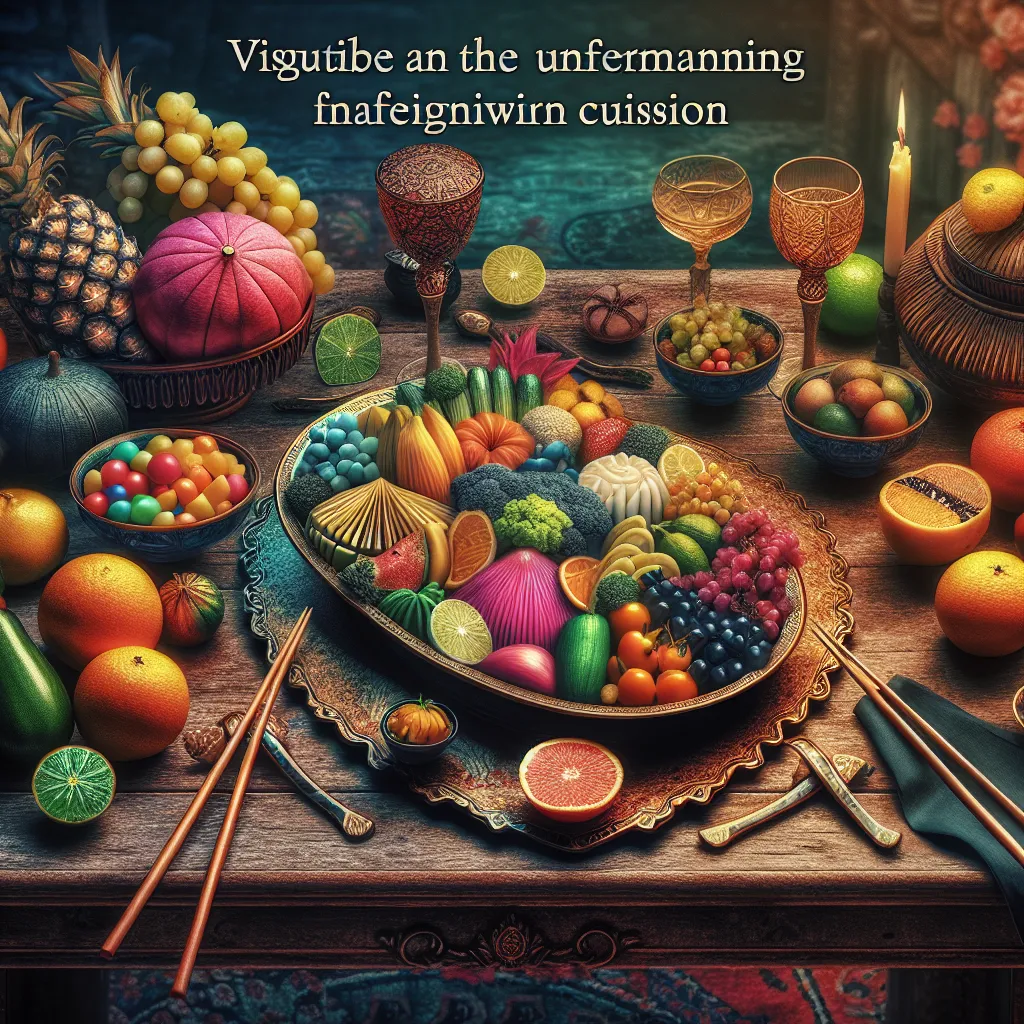As an experienced IELTS Speaking examiner, I’ll guide you through answering questions about a cherished photo that brings joy. This topic is a common one in IELTS Speaking tests and is likely to appear in future exams. Let’s explore how to tackle this subject effectively and score high marks.
Nội dung bài viết
- Part 1: Introduction and Interview
- Do you like taking photos?
- How often do you take photos?
- Part 2: Long Turn
- Cue Card
- Sample Answer (Band 8-9)
- Follow-up Questions
- Part 3: Two-way Discussion
- How do you think photography impacts our perception of reality?
- Do you think the ease of taking digital photos has decreased their value?
- Key Vocabulary and Phrases for High Scores
- Examiner’s Advice
Part 1: Introduction and Interview
In this section, the examiner may ask general questions about photos and happiness. Here are some potential questions and sample answers:
Do you like taking photos?
Band 6-7 Answer:
Yes, I enjoy taking photos. It’s a nice way to capture memories and share them with friends and family.
Band 8-9 Answer:
Absolutely! I’m quite passionate about photography. It’s not just about capturing moments; it’s an art form that allows me to express my creativity and perspective on the world around me. I particularly enjoy experimenting with different angles and lighting techniques to create unique images.
How often do you take photos?
Band 6-7 Answer:
I take photos quite often, probably a few times a week. I usually use my smartphone to snap pictures of interesting things I see or when I’m out with friends.
Band 8-9 Answer:
I’d say I’m constantly on the lookout for photo opportunities. On a daily basis, I find myself reaching for my camera or smartphone to capture something that catches my eye. It could be anything from a stunning sunset to an intriguing piece of street art. I believe in the philosophy that the best camera is the one you have with you, so I’m always prepared to seize the moment.
 Joyful photographer capturing memories
Joyful photographer capturing memories
Part 2: Long Turn
Now, let’s move on to the cue card task. Here’s a sample cue card related to our topic:
Cue Card
Describe a photo or picture you have kept that makes you feel happy.
You should say:
- What the photo or picture is about
- When you took it or got it
- Where you keep it
- And explain why it makes you feel happy
Sample Answer (Band 8-9)
I’d like to talk about a photograph that never fails to bring a smile to my face. It’s a candid shot of my grandmother and me, taken during a family picnic about five years ago.
The photo captures a moment where we’re both laughing uncontrollably. My grandmother, who’s in her eighties, is sitting on a checkered picnic blanket, her eyes crinkled with laughter, and I’m next to her, mid-laugh with my head thrown back. The sunlight is filtering through the trees behind us, creating a warm, golden glow that seems to perfectly encapsulate the joy of that moment.
I didn’t actually take this photo myself; it was snapped by my cousin who has a keen eye for capturing spontaneous moments. He gifted it to me shortly after the picnic, knowing how close I am to my grandmother.
I keep this treasured photo in a simple wooden frame on my bedside table. It’s one of the first things I see when I wake up and the last thing I look at before going to sleep. I also have a digital copy saved on my phone, so I can look at it whenever I need a pick-me-up during the day.
This photo makes me incredibly happy for several reasons. Firstly, it encapsulates the special bond I share with my grandmother. She’s always been a source of wisdom, love, and laughter in my life, and this image perfectly captures her vibrant spirit. Secondly, it reminds me of the importance of living in the moment and finding joy in simple things. We weren’t doing anything extraordinary that day, just enjoying each other’s company, yet it resulted in this beautiful memory.
Lastly, this photograph serves as a powerful reminder of the value of family and the precious nature of time. As my grandmother gets older, moments like these become even more precious. Every time I look at this photo, I’m filled with gratitude for the time we’ve shared and inspired to create more such moments with my loved ones.
In essence, this photograph is more than just an image to me. It’s a portal to a perfect moment, a reminder of what truly matters in life, and a source of pure, unadulterated happiness.
Follow-up Questions
- Do you prefer taking photos yourself or having others take photos of you?
Band 6-7 Answer:
I prefer taking photos myself because I enjoy capturing moments from my own perspective. However, I don’t mind being in photos when I’m with friends or family.
Band 8-9 Answer:
I appreciate both aspects of photography for different reasons. Taking photos myself allows me to exercise my creativity and capture the world as I see it. It’s a form of self-expression that I find incredibly fulfilling. On the other hand, being photographed by others, especially by skilled photographers, can be a wonderful experience. It allows me to be part of the moment fully without worrying about the technical aspects of photography. Moreover, seeing myself through someone else’s lens often provides a fresh perspective on moments I’ve experienced.
- How has technology changed the way we take and store photos?
Band 6-7 Answer:
Technology has made taking and storing photos much easier. We can now take high-quality photos with our smartphones and store thousands of pictures digitally instead of in physical albums.
Band 8-9 Answer:
Technology has revolutionized photography in myriad ways. The ubiquity of smartphones with high-quality cameras has democratized photography, making it accessible to almost everyone. This has led to an explosion in the number of photos taken daily worldwide.
Digital storage solutions, from cloud services to high-capacity hard drives, have eliminated the physical constraints of film photography. We can now store and access thousands of high-resolution images instantly.
Moreover, advancements in photo editing software have blurred the line between amateur and professional photography. With a few taps on a screen, anyone can enhance their photos to near-professional quality.
However, this ease and abundance come with challenges. The sheer volume of photos we take can sometimes diminish the value we place on individual images. There’s also the risk of losing digital files if not properly backed up. Despite these challenges, I believe the benefits of technological advancements in photography far outweigh the drawbacks.
Part 3: Two-way Discussion
In this section, the examiner will ask more abstract questions related to the topic. Here are some potential questions and sample answers:
How do you think photography impacts our perception of reality?
Band 6-7 Answer:
Photography can sometimes distort our perception of reality. People often share only their best moments on social media, which can make others feel like their lives aren’t as exciting or perfect.
Band 8-9 Answer:
Photography’s impact on our perception of reality is profound and multifaceted. On one hand, photography has the power to unveil truths and broaden our understanding of the world. Photojournalism, for instance, has played a crucial role in shaping public opinion and catalyzing social change by exposing realities that might otherwise remain hidden.
However, photography can also manipulate our perception of reality. With the advent of digital editing tools, the line between reality and artifice has become increasingly blurred. This is particularly evident in advertising and social media, where carefully curated and edited images can create unrealistic standards of beauty or lifestyle.
Moreover, the act of photography itself can alter the reality it aims to capture. The mere presence of a camera can change people’s behavior, and the photographer’s choice of framing, timing, and perspective can significantly influence the story an image tells.
In essence, while photography can be a powerful tool for documenting reality, it’s crucial to approach it with a critical eye, understanding that every photograph is not just a window to reality, but also a mirror reflecting the choices and perspectives of its creator.
Do you think the ease of taking digital photos has decreased their value?
Band 6-7 Answer:
In some ways, yes. People take so many photos now that they don’t always appreciate each one as much. However, it’s also nice to be able to capture more moments easily.
Band 8-9 Answer:
This is a nuanced issue that warrants careful consideration. On the surface, it might appear that the sheer volume of digital photos taken today has diminished their individual value. The ease and low cost of digital photography have led to a culture of constant documentation, where people might take dozens of photos of a single moment without much thought.
However, I would argue that while the perceived value of individual photos might have decreased, the overall value of photography in our lives has actually increased. The ability to capture high-quality images easily and instantaneously allows us to preserve a much more comprehensive visual record of our lives and the world around us.
Moreover, the democratization of photography has led to more diverse perspectives being shared and appreciated. Anyone with a smartphone can now capture and share meaningful moments, leading to a richer, more inclusive visual culture.
That said, this abundance does present challenges. The task of curating and managing vast collections of digital photos can be overwhelming. There’s also a risk of being so focused on documenting moments that we fail to fully experience them.
Ultimately, I believe the value of a photograph lies not in its rarity, but in its ability to evoke emotions, preserve memories, and tell stories. While we may take more photos now, those that truly resonate with us still hold immense value, perhaps even more so as they stand out amidst the digital noise.
Key Vocabulary and Phrases for High Scores
-
Candid shot [ˈkændɪd ʃɒt] (noun): An unposed, natural photograph.
Example: The candid shot of the children playing captured their genuine joy. -
Encapsulate [ɪnˈkæpsjuleɪt] (verb): To express the essential features of something succinctly.
Example: This photograph perfectly encapsulates the spirit of our friendship. -
Portal [ˈpɔːtl] (noun): A doorway or gate, often used metaphorically.
Example: Old photos can serve as portals to cherished memories. -
Democratize [dɪˈmɒkrətaɪz] (verb): To make something accessible to everyone.
Example: Smartphone cameras have democratized photography. -
Multifaceted [ˌmʌltɪˈfæsɪtɪd] (adjective): Having many different aspects or features.
Example: The impact of social media on society is a multifaceted issue. -
Catalyze [ˈkætəlaɪz] (verb): To cause or accelerate change or action.
Example: Powerful images can catalyze social movements. -
Curate [kjʊəˈreɪt] (verb): To select, organize, and look after items in a collection.
Example: It’s important to curate your digital photo collection to preserve the most meaningful images.
Examiner’s Advice
To score high in the IELTS Speaking test, particularly when discussing photographs:
-
Use varied vocabulary: Incorporate descriptive words and phrases to paint a vivid picture.
-
Provide detailed explanations: Don’t just state facts; explain your thoughts and feelings in depth.
-
Make connections: Link your personal experiences to broader themes or societal trends.
-
Show critical thinking: In Part 3, analyze issues from multiple perspectives.
-
Practice fluency: Aim for smooth delivery without long pauses or repetitions.
-
Use idiomatic expressions: Naturally incorporate idiomatic language to demonstrate language proficiency.
Remember, the key to success is not just in memorizing answers, but in developing the ability to express your thoughts clearly and engagingly on a wide range of topics.


